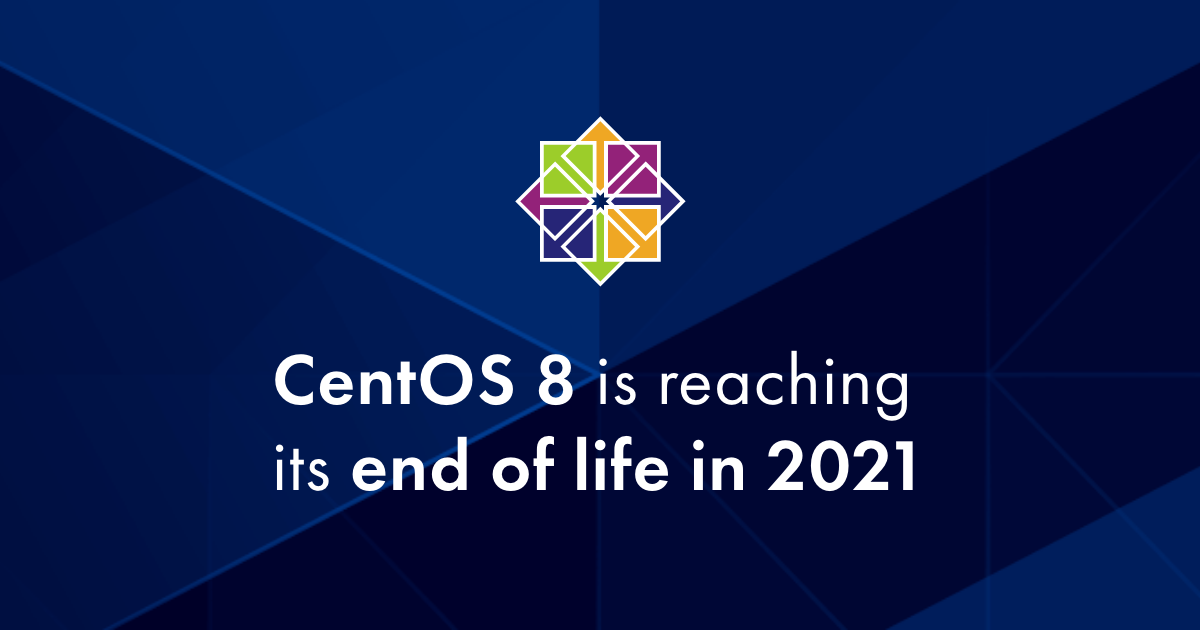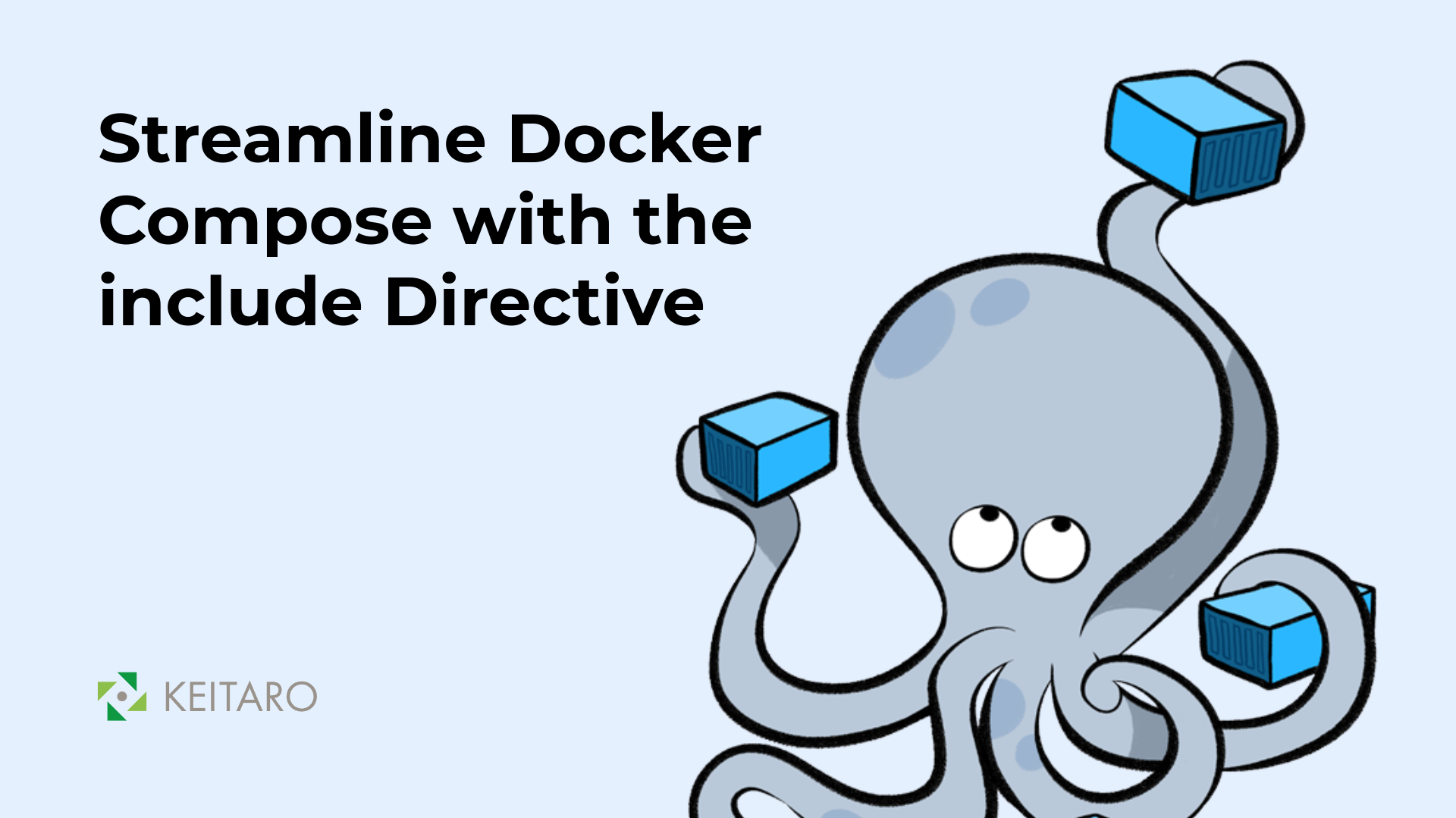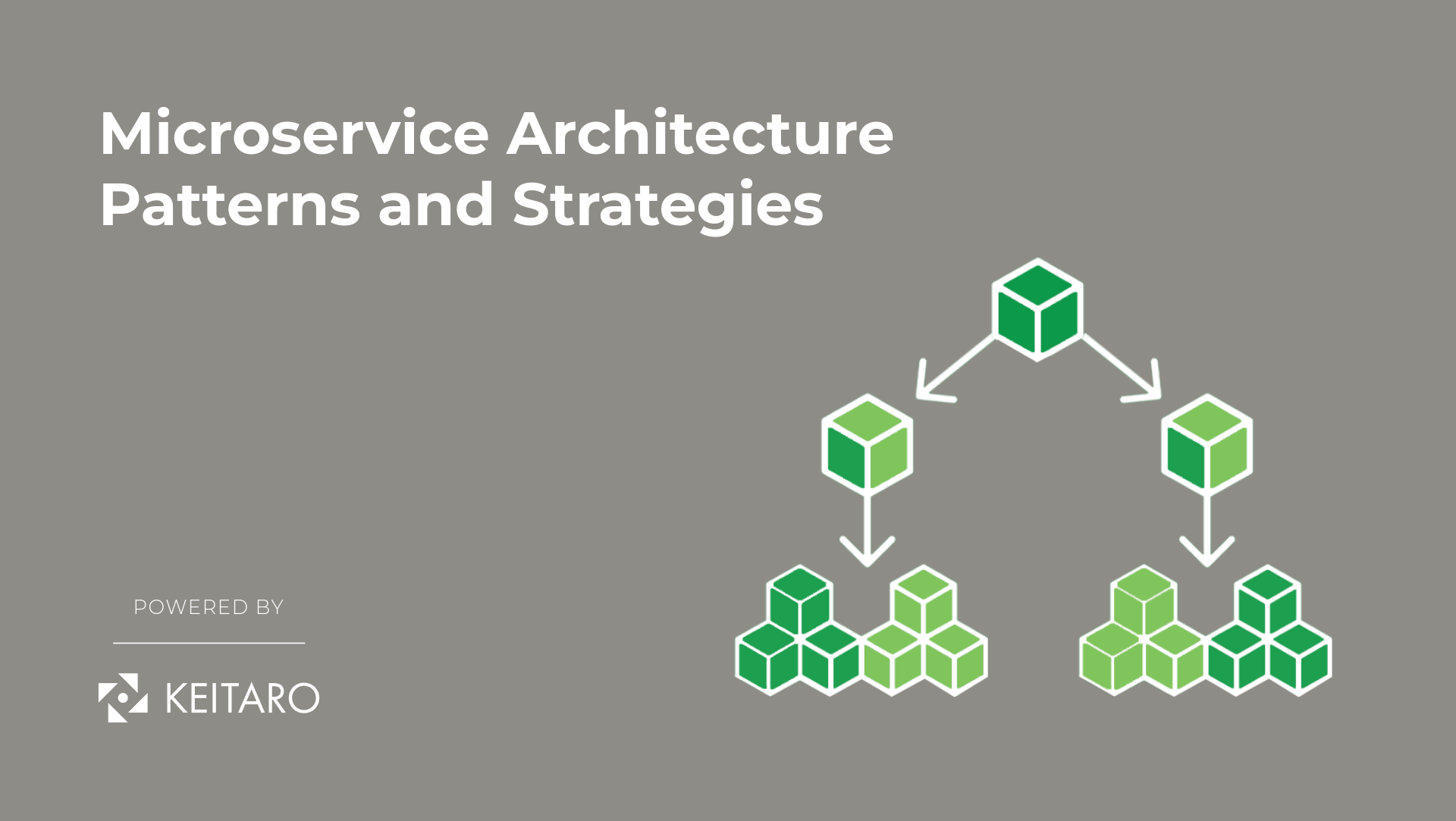In December 2020, Red Hat announced some major changes to the roadmap of its CentOS distribution which will have a large impact on users and businesses that rely on it. In brief:
- There will not be a CentOS Linux 9.
- Updates for the CentOS Linux 8 distribution continue until December 31, 2021 (instead of the expected 2029).
- Updates for the CentOS Linux 7 distribution continue until June 30, 2024 (no change here).
- CentOS, as we know it, is out. CentOS Stream is in, and it is not meant as a replacement for CentOS.
CentOS then and now
CentOS is/was a free (as in beer) Linux distribution that is functionally compatible with its upstream source, Red Hat Enterprise Linux (RHEL). It is no secret that CentOS was regarded by many as a free version of RHEL, robust enough to run production workloads when dedicated support from Red Hat was not needed.
CentOS Stream, on the other hand, will have Fedora as its upstream source, while RHEL will be downstream. This change essentially means that CentOS will not inherit the stability and robustness of RHEL and might not be a suitable fit for production workloads meant for RHEL.
If you decided to install or upgrade your OSs to CentOS 8, instead of receiving the usual 10 year maintenance period CentOS was known for (ending in 2029), you will only receive updates until December 31, 2021. If you decide to keep CentOS 8 after this date, you will be pretty much stuck with a system frozen in time. You will have to accept the security risks of not receiving new security updates. Also, your OS will not receive any new innovation and functionality.
What should you do next?
Given the relatively short notice, users who depend heavily on CentOS will probably have a hard time preparing for this major change. Red Hat recommends upgrading to the paid RHEL, which is probably the main reason behind their decision. However, switching to other Linux distributions always remains a viable option, if the installed workloads allow it .
Ok, what now?
- Zoom out a little bit and evaluate your current infrastructure. Why did you choose CentOS initially? Is CentOS Stream a viable upgrade option going forward?
- Should you stay with RedHat or move to another Linux distribution? If so, which one?
- Will your apps continue to function properly on the new OS, if you decide to switch?
- Prepare a migration plan.
- If it seems overwhelming, ask for assistance.
Need help?
The majority of CentOS 8 users have already expressed their concerns regarding the proposed change from Red Hat and are thinking of alternatives.
But you don’t have to go through this alone. Dedicated Linux experts at Keitaro are already helping customers make the best decision and are assisting them with the transition away from CentOS by providing:
- Consulting services
- Migration assistance
- Application integration
- Customization
- Support and follow-on work
If you have questions or need help, we’re here for you. Reach us at [email protected].



